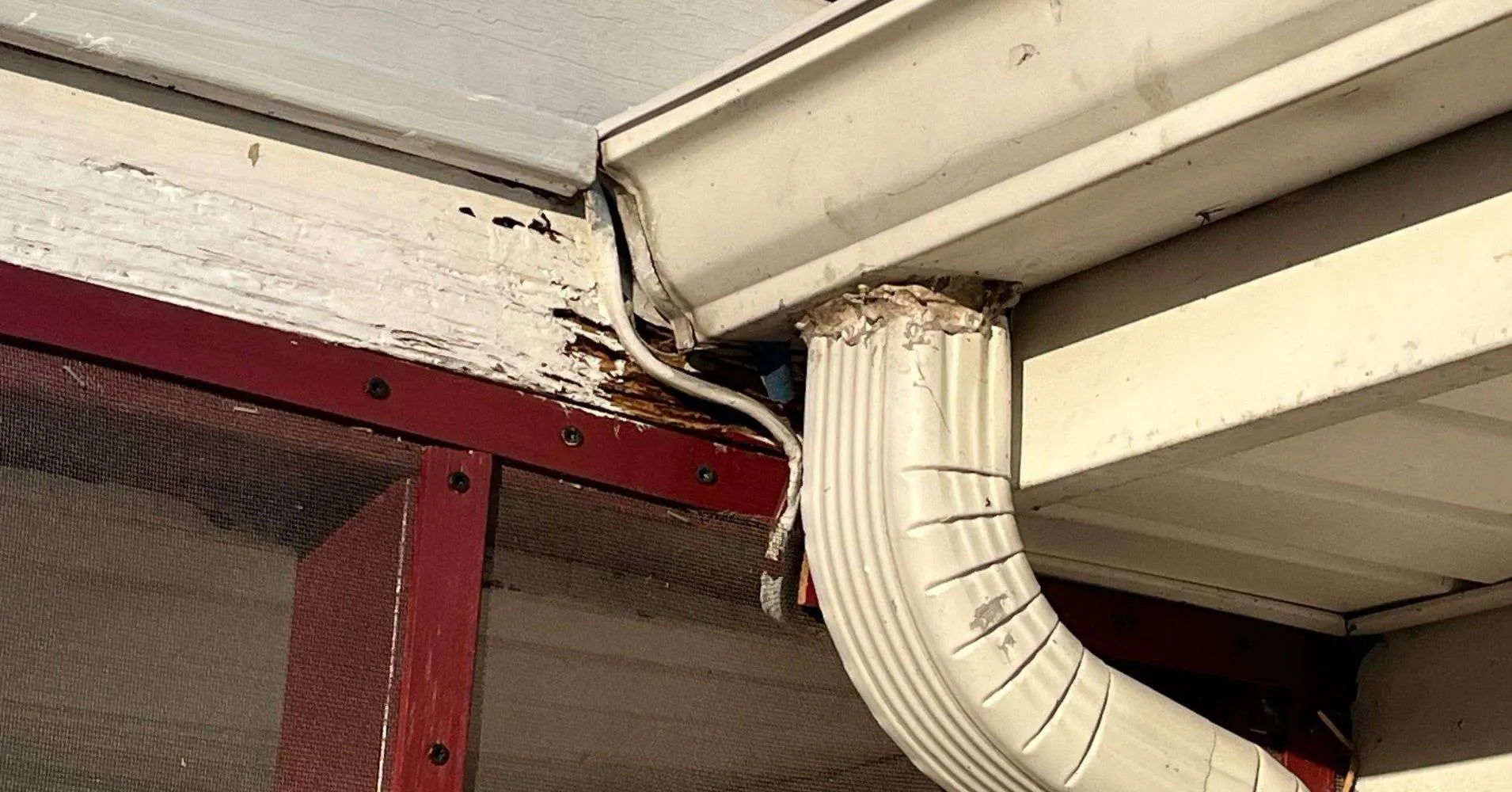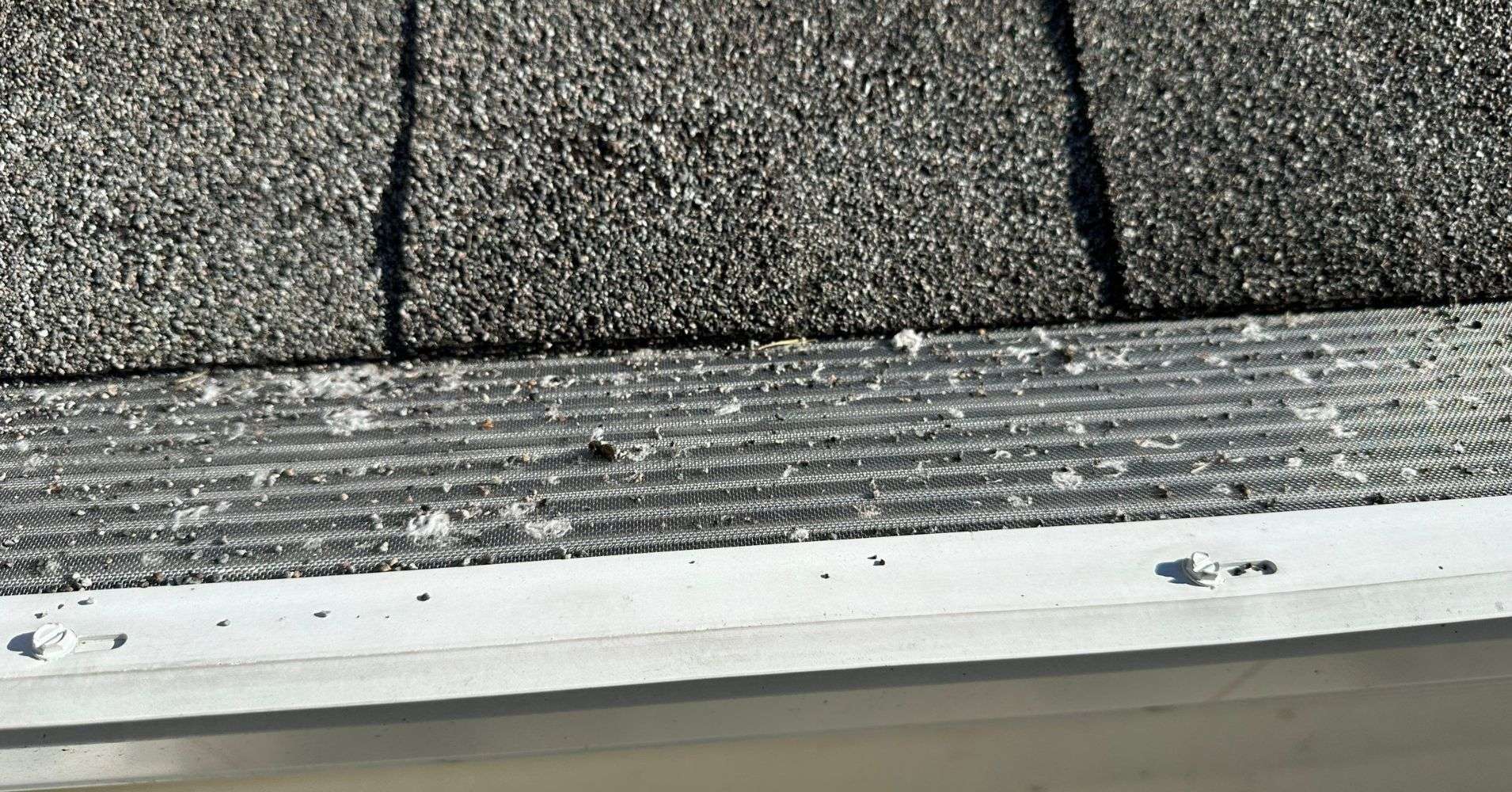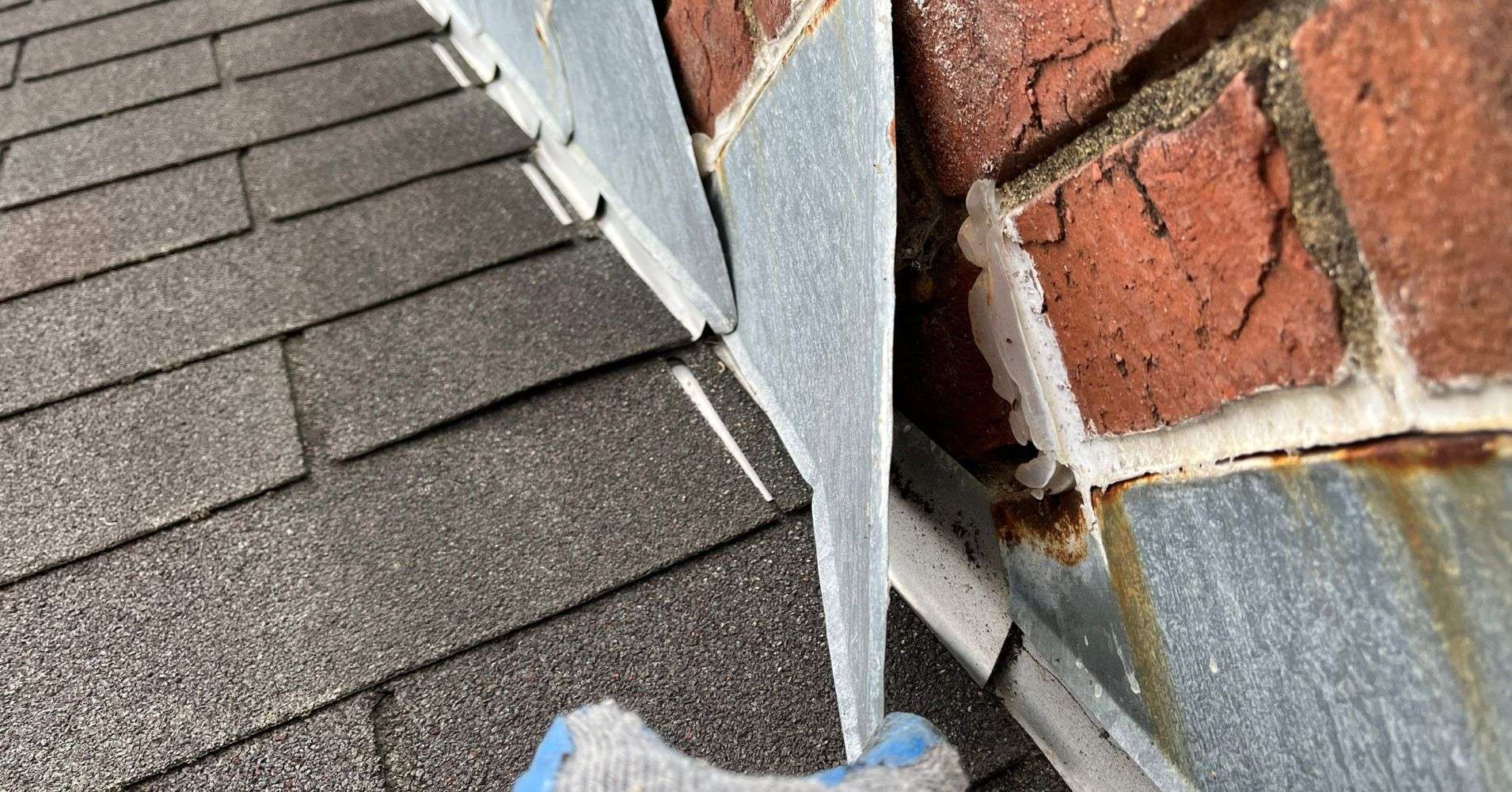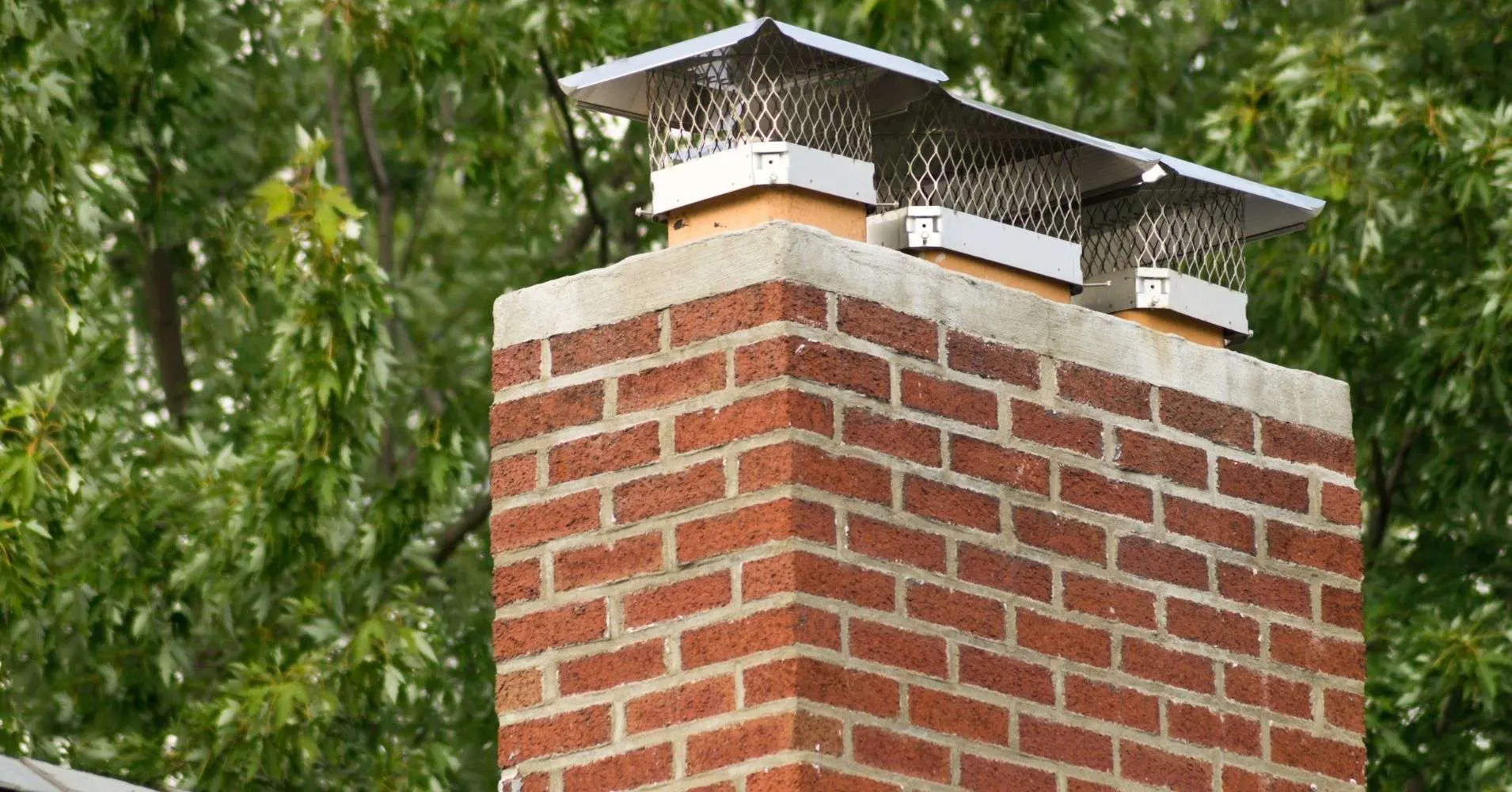Signs of Roof Storm Damage and What to Do
Storms can do a number on your roof, and figuring out how bad the damage is isn’t always easy. High winds, heavy rain, hail, or fallen debris can cause issues like broken shingles, leaks, or even weaken the structure. The trick is to spot these problems early and tackle them before they get worse. Start by checking your roof for obvious signs of damage, like missing shingles, cracked tiles, dents, or water stains on your ceilings.
If you notice anything off, it’s time to call in a professional roofer who knows their stuff when it comes to storm damage. Look for someone experienced in storm repairs and familiar with navigating insurance claims—it’ll make the whole process a lot easier. They’ll inspect your roof, document the damage, and help you work with your insurance provider to get everything back in shape.
In this post, we’ll break down the common signs of storm damage, what to do right after a storm, and tips for handling roof insurance claims. Protecting your home starts with knowing how to handle things when bad weather hits.
THE TOP SIGNS FOR STORM DAMAGE
DAMAGED GUTTERS

While damage from neglect isn’t covered, your policy might cover hail dents or wind damage to gutters. After a storm, check your gutters for damage. Ensure they’re secure and free from debris like leaves and branches that can weigh them down, pull them away from the roofline, and cause leaks.
Clean gutters are key to protecting your roof. Fallen or damaged gutters can strain the roof and create water entry points. If you notice issues, call a roofing company right away.
Granules in gutters

Granules on asphalt shingles provide protection, but storms can cause them to wear and tear. When too many granules are lost, shingles can’t protect your home properly, leading to leaks.
You can spot this by looking for a shiny or silver appearance on your roof or granules in your gutters. If you see significant granule loss after a storm, it’s a sign your shingles need attention.
Broken, brittle or missing shingles
High winds and storms can tear shingles off your roof, leaving it vulnerable. Missing shingles allow water to seep in, causing damage. Even intact shingles can crack or weaken, reducing their effectiveness.
This can lead to leaks, costly roof repairs, or the need for a full replacement. If you see missing or damaged shingles, your insurance may cover repair or replacement. Contact a professional to evaluate the damage and guide you through the insurance process.
IMpact Marks on Roof
Hail storms can dent shingles, cutting through the asphalt layer and letting water seep into your home’s structure. Hail damage is a common issue and may be covered by insurance, so have a professional check it out after a storm.
BENT OR WARPED ROOF FLASHING

Bent or damaged flashing is a major sign of storm damage. Flashing, made of metal strips, protects roof joints and seams around vents, chimneys, and skylights. Strong winds, extreme weather, or poor installation can damage it, leaving your roof vulnerable to water. If you see bent or loose flashing, act quickly to avoid bigger issues.
FALLEN TREES
Trees near your home can damage your roof during storms or strong winds—even small branches can harm shingles or weaken the roof structure. Blocked gutters from fallen branches can also cause leaks and water damage. Regularly check your roof and surrounding trees to catch issues early and keep your home protected.
Damages or gaps in chimney caps

Check your chimney cap for damage after storms or strong winds. The cap keeps out debris, animals, and water, so cracks or gaps could indicate roof damage too. Older brick chimneys are especially prone to leaks and wear. If you notice issues, call a professional to inspect and address them before they become bigger problems.
Light in Attic or Issue in attic hatches
If you see light coming through your attic, it’s a clear sign of roof damage—likely a breach in the shingles or structure, allowing light and water to get in.
Don’t forget to check the attic hatch, the ceiling access to your attic. A leak near the hatch often means roof damage. Even small leaks shouldn’t be ignored, so inspecting the attic hatch is an important step when checking for storm damage.
To keep moisture and wind out, ensure the attic hatch is properly sealed. If you notice gaps around the hatch frame, it could signal serious roofing issues that need immediate professional attention.
Heavy Leak Right After a Storm
Roof leaks are a clear sign of damage but often get ignored until they cause bigger problems, like mold. If you suspect a leak, look for signs of water damage. A leak means your roofing material has failed, and it might even be covered by your home insurance.
If storm damage is likely, contact a knowledgeable roofing contractor. They can inspect the roof, assess the damage, and guide you through the insurance claim process.
Tips for Homeowners Insurance Claims
- Not all types of roofing or damage is covered by insurance, so read your policy carefully.
- Follow your insurer’s procedures when filing a claim.
- Hire a third-party roofing contractor experienced with insurance claims to represent your best interests.
- A good contractor can handle inspections and communication with the insurance company on your behalf.
Why Independent Roof Inspections Matter
If your roof is damaged, call a professional roofing contractor for an unbiased inspection. Here’s why this is important:
- It offers an accurate and unbiased assessment to compare against the insurance adjuster’s report, ensuring the true cost of roof replacement is not undervalued to save the insurance company money.
- A skilled roofer can collect evidence to help you get the coverage you deserve.
- They’ll support your claim by running extra tests or negotiating with the insurer if needed.
With an experienced roofer, navigating storm damage and insurance claims becomes much easier.
What to Do After Storm Damage
If a storm has damaged your roof, act quickly to prevent further issues. Start by contacting a trusted roofing contractor who can inspect the damage, give you detailed estimates for the cost of repairs and help with your insurance claim.
If you’re in Tennessee or Georgia, Roof MD is here to help. We’re experts in storm damage repairs and insurance claims, using tools like Xactimate to ensure accurate estimates. Learn more on our insurance claims help page. Don’t face storm damage alone—Roof MD has your back.
